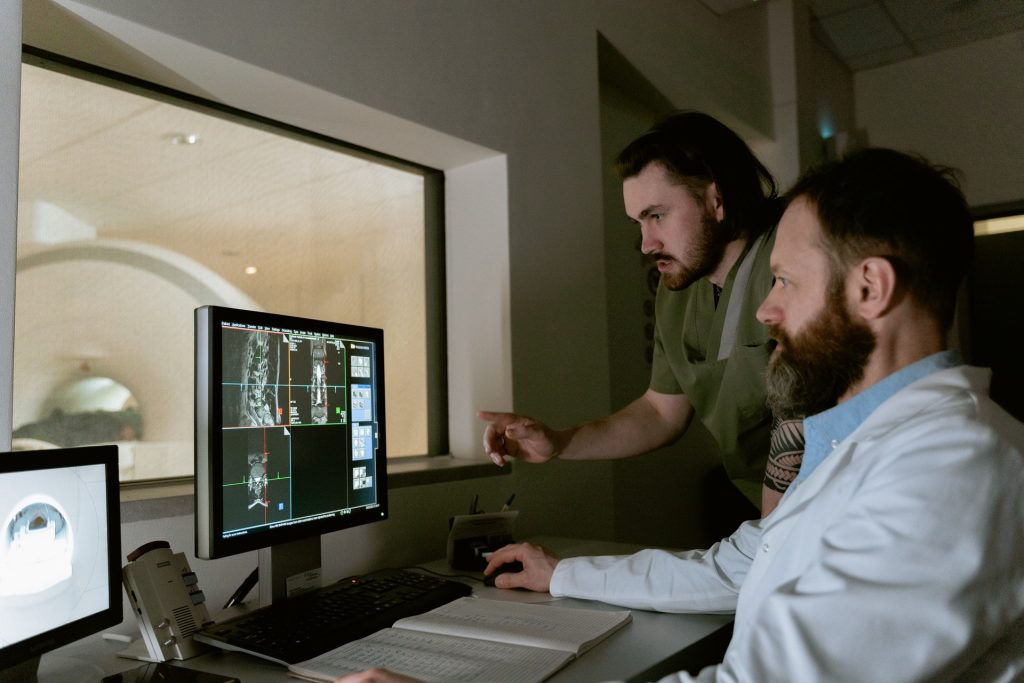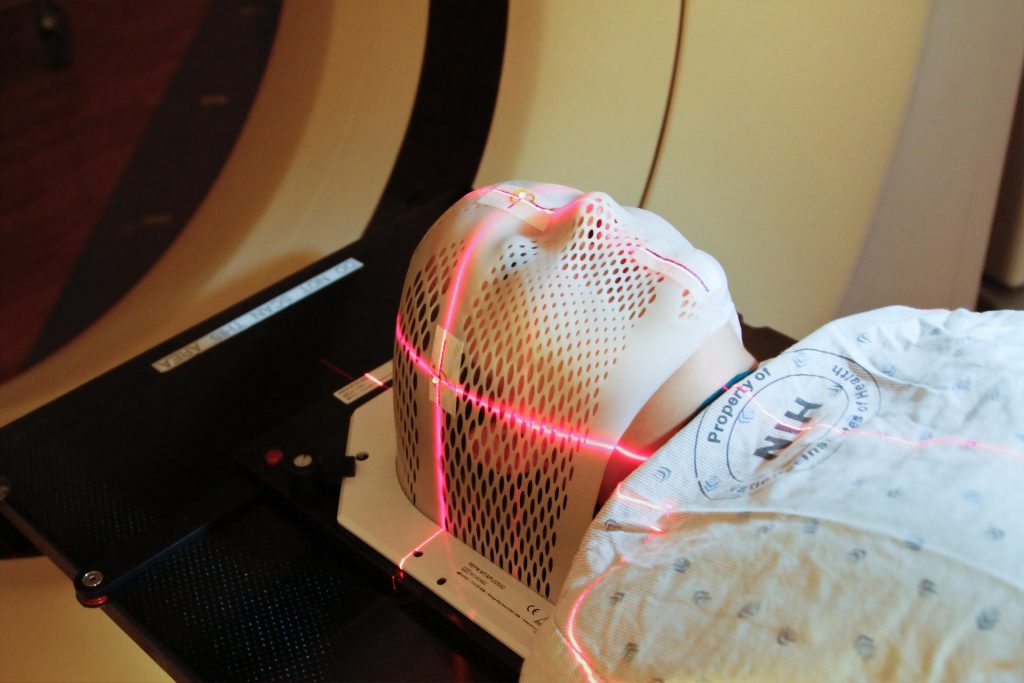A New Combined Therapy Extends Prostate Cancer Survival

Practice-changing research published in The Lancet shows that a new combined therapy involving androgen deprivation therapy plus pelvic lymph node radiation kept nearly 90% of clinical trial patients’ prostate cancer at bay for five years.
The study also shows that patients with prostate cancer who didn’t receive androgen deprivation therapy — and who did not receive pelvic lymph node radiation — had a five-year survival of 70%.
“We can now confirm that pelvic lymph node treatment used together with androgen deprivation therapy, or even used as a stand-alone treatment option, greatly improves outcomes in patients with postoperative prostate cancer,” said Howard Sandler, MD, of Cedar Sinai Medical Center, senior author of the study. “These findings are an encouraging step forward, both for the medical community and for the patients and their loved ones seeking curative treatment options.”
The trial enrolled 1716 patients between March 31, 2008, and March 30, 2015. Enrollees were separated into three groups.
Group one received salvage prostate bed radiotherapy — a standard radiation targeted to the area in which the prostate used to exist before its surgical removal. Median five-year survival was 71% in these patients.
The second group received the standard radiation treatment, in combination with androgen deprivation therapy. Median five-year survival was 81%.
The third group received salvage prostate bed radiotherapy, androgen deprivation therapy and pelvic lymph node radiation. These patients had a five-year freedom from progression of just over 87%.
“The combined treatment approach proved to be the most beneficial approach,” said Dr Sandler.
Prostate cancer is the most common non-skin cancer in the US, affecting 1 in every 6 to 7 men. Though early warning signs are rare for prostate cancer, screening tests can catch it early. Diagnosis usually accompanies an elevated level of PSA, an acronym for prostate-specific antigen.
After prostatectomy, a man’s PSA level should be near zero. However, some men start to see their PSA levels rise several years after surgery. This is typically an indication that radiation therapy is needed.
Dr Sandler says men with postoperative prostate cancer can have excellent outcomes, especially if radiation is given early — when PSA levels are at their lowest — and in combination with proven therapies, as suggested in this new research.
Source: Cedars-Sinai Medical Center





